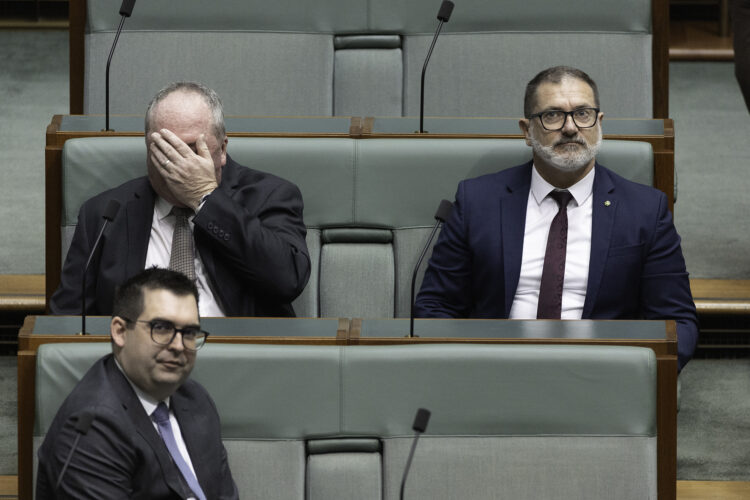Independent MP Sophie Scamps asks Jim Chalmers:
In February 2023, the Government commissioned a review of public sector board appointments. At the time the Minister for public service stated in line with the government’s commitment to transparency, a report will be published after the review is finalised in mid 2023. The final report was handed to government over 18 months ago and yet last sitting week the government opposed a motion in the Senate for an order of production of documents to make the report public. Treasurer, why has the government reneged on the self-declared commitment to transparency?
Chalmers:
I begin by saying that the Government has a broad and ambitious public service reform agenda. It is about transparency. It is about making sure that we make the best appointments that we can as a government as well. And the Briggs report is an important part of that work but not the only part of that work.
We improved and reformed the public service to boost its capability, integrity and performance under a wasted decade under the Coalition, defined by robodebt.
We established a national anti-corruption commission. We strengthened protection for whistleblowers, we embedded stewardship as a core value of the public service into law. And we provided critically needed resources to underfunded areas of the public service like processing the backlog of veterans claims as well. I pay tribute to the Minister for that.
All of this is part of our ambitious agenda and we did as the honourable member said and ask Lynelle Briggs to review the public service board appoint wants and provide advice on clarifying the role of public sector boards and the skills we need on those boards. How board members should be identified and recruited and how we improve the diversity of board membership. And here we have been making very substantial progress. We’ve improved public sector board diversity since coming to office.
The most recent data showed us much more than half of government board positions are now held by women. The highest level since reporting began in 2009. And I know that the member for McKellar cares deeply about diversify when it comes to government appointments I wanted to say it’s a source of considerable pride. To me as Treasurer and this government in the Treasury portfolio, a woman as the head of the Reserve Bank. For the first time as the head of the PC, for the first time as the head of Treasury.
OK, cool, but when will the government actually release the report.
Chalmers says “in due course”.

